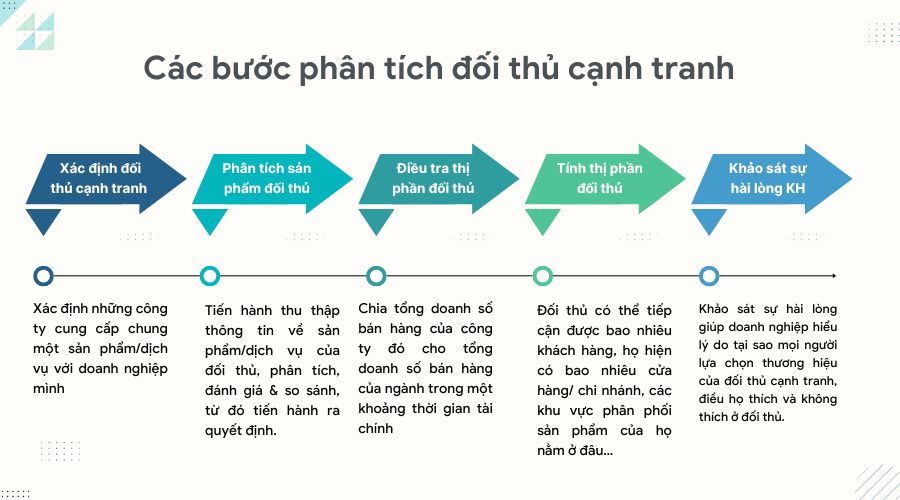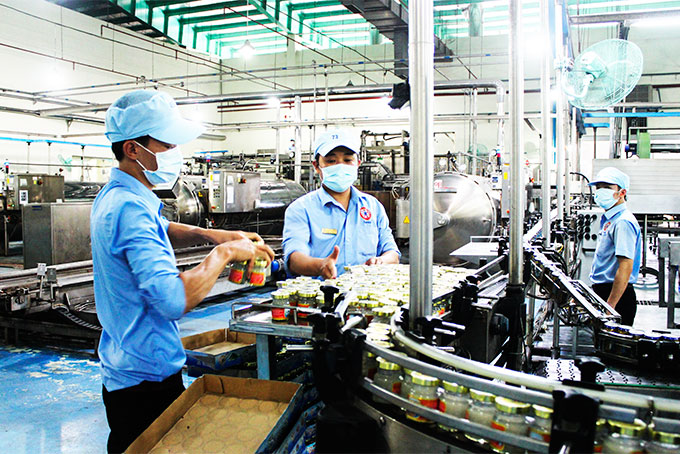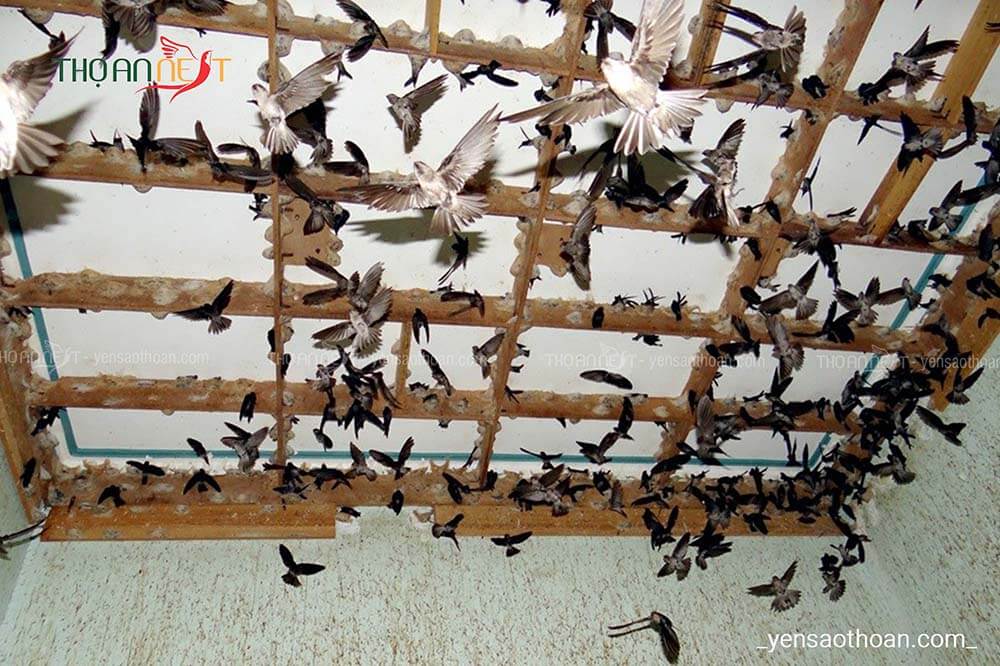
Phân Tích Chất Lượng Yến Sào: Tiêu Chuẩn và Quy Trình Kiểm Định
Giới thiệu chung
Yến sào được xem là một trong những thực phẩm bổ dưỡng cao cấp, chứa nhiều dưỡng chất quý, giúp tăng cường sức khỏe, nâng cao hệ miễn dịch. Tuy nhiên, để đảm bảo yến sào đạt chất lượng cao và an toàn cho người tiêu dùng, việc xây dựng tiêu chuẩn và quy trình kiểm định chặt chẽ là điều thiết yếu.
1. Đặc điểm chất lượng của yến sào
Yến sào được đánh giá dựa trên các tiêu chí: độ sạch, màu sắc tự nhiên, hàm lượng dinh dưỡng, độ ẩm, không có tạp chất, và mùi vị đặc trưng. Ngoài ra, nguồn gốc và phương pháp khai thác cũng ảnh hưởng lớn đến chất lượng sản phẩm.
2. Các tiêu chuẩn chất lượng hiện nay
- Tiêu chuẩn vệ sinh an toàn thực phẩm: Yến phải đạt các chỉ số vi sinh vật, không chứa chất độc hại, kim loại nặng, và các tạp chất sinh học khác.
- Tiêu chuẩn dinh dưỡng: Phân tích các dưỡng chất chính: protein, axit amin, khoáng chất, vi chất cần thiết.
- Tiêu chuẩn ngoại quan: Tính thẩm mỹ, màu sắc tự nhiên không bị biến đổi hoặc nhuộm màu.
- Tiêu chuẩn độ ẩm: Không vượt quá mức cho phép (thường < 14%) để đảm bảo thời gian bảo quản lâu dài và tránh mốc.
3. Quy trình kiểm định chất lượng yến sào
Quy trình này bao gồm nhiều bước, từ thu thập mẫu, phân tích tại phòng thí nghiệm, đến đánh giá kết quả. Các bước chính:
- Thu thập mẫu: Mẫu yến được lấy đại diện từ các lô hàng, đảm bảo không bị nhiễu hoặc hư hỏng trước khi kiểm tra.
- Phân tích hóa học: Xác định hàm lượng protein, axit amin thiết yếu, các khoáng chất,… bằng các phương pháp chuẩn quốc tế.
- Kiểm tra vi sinh: Đo lường sự tồn tại của vi khuẩn, nấm mốc có thể ảnh hưởng xấu đến sức khỏe người tiêu dùng.
- Kiểm định ngoại quan và cảm quan: Các chuyên gia đánh giá màu sắc, mùi vị, kết cấu yến.
- Đánh giá tổng hợp và cấp chứng nhận: Dựa trên kết quả kiểm tra và tiêu chuẩn do cơ quan quản lý ban hành.
4. Công nghệ và thiết bị hỗ trợ kiểm định
Các phòng lab hiện đại sử dụng máy quang phổ khối, sắc ký lỏng hiệu năng cao (HPLC), máy phân tích vi sinh tự động giúp nâng cao độ chính xác và giảm sai sót trong kiểm tra.
5. Tầm quan trọng của việc kiểm định chất lượng với người tiêu dùng và doanh nghiệp
Việc tuân thủ tiêu chuẩn và kiểm định nghiêm ngặt giúp doanh nghiệp nâng cao uy tín sản phẩm, đồng thời đảm bảo quyền lợi và sự an tâm cho khách hàng khi sử dụng yến sào.
Kết luận
Phân tích chất lượng yến sào dựa trên bộ tiêu chuẩn và quy trình kiểm định bài bản là bước then chốt để phát triển bền vững ngành yến sào, mang đến sản phẩm tốt nhất cho người tiêu dùng trong và ngoài nước.
Bird’s Nest Quality Analysis: Standards and Inspection Procedures
General Introduction
Bird’s nest is considered one of the most premium nutritious foods, rich in precious nutrients that help enhance health and strengthen the immune system. However, to ensure birds’ nest products reach high quality and safety standards for consumers, establishing strict standards and inspection procedures is essential.
1. Characteristics of Bird’s Nest Quality
The quality of bird’s nest is evaluated based on criteria such as cleanliness, natural color, nutritional content, moisture level, absence of impurities, and distinctive flavor. Additionally, origin and harvesting methods greatly affect the product’s quality.
2. Current Quality Standards
- Food Safety Standards: The nest must meet microbiological limits, be free from harmful substances, heavy metals, and biological contaminants.
- Nutritional Standards: Analyze main nutrients including proteins, essential amino acids, minerals, and other micronutrients.
- Appearance Standards: Aesthetics, natural coloration without alteration or dyeing.
- Moisture Content Standards: Not exceeding permissible levels (commonly below 14%) to ensure longer shelf life and prevent mold.
3. Bird’s Nest Quality Inspection Procedures
This involves multiple stages from sample collection, laboratory analysis, to result assessment. Main steps include:
- Sample Collection: Representative samples are taken from batches, ensuring no contamination or damage before testing.
- Chemical Analysis: Determine protein content, essential amino acids, minerals, etc., using internationally recognized methods.
- Microbiological Testing: Measure presence of bacteria, molds that could negatively affect consumer health.
- Appearance and Sensory Evaluation: Experts assess color, aroma, and texture of the nest.
- Comprehensive Assessment and Certification: Based on results and standards issued by regulatory authorities.
4. Supporting Technology and Equipment for Quality Inspection
Modern laboratories use mass spectrometry, high-performance liquid chromatography (HPLC), and automated microbiological analyzers to improve accuracy and minimize errors during testing.
5. Importance of Quality Inspection for Consumers and Enterprises
Strict adherence to standards and rigorous inspection enhances product reputation for businesses, while ensuring consumers’ rights and confidence when consuming bird’s nest products.
Conclusion
Analyzing bird’s nest quality based on comprehensive standards and well-structured inspection processes is a pivotal step to sustainably develop the bird’s nest industry, delivering the best products to domestic and international consumers.
Hashtags (English & Vietnamese):
#phanTichChatLuongYenSao #tieuChuanKiemDinh #yenSao #qualityAnalysis #birdNest #inspectionStandards #quyTrinhKiemDinh #anToanThucPham #nutritionalStandards



